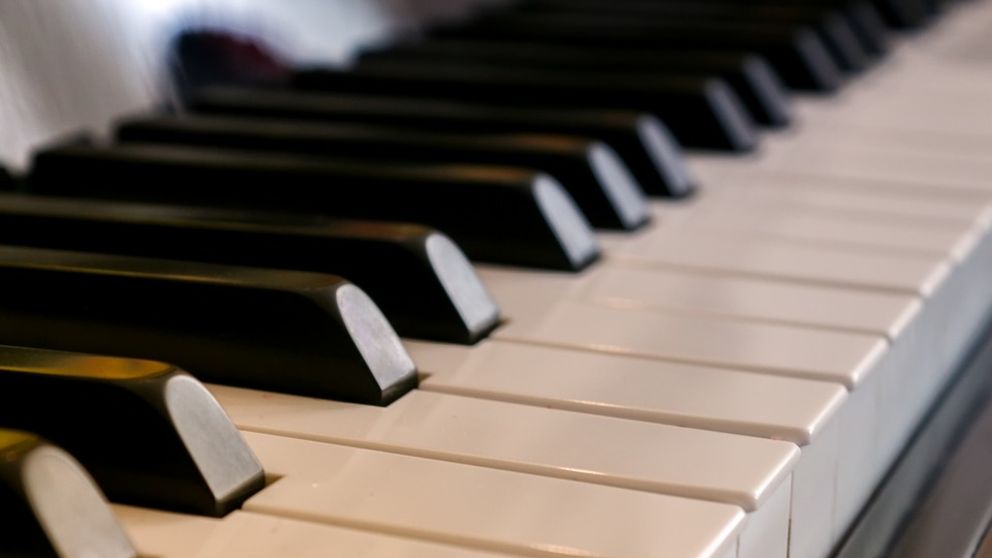
History of The Piano
One of the most complete instruments is the piano, this means that even by itself, it produces a full sound filled with bright tones and a great bass due to its incredible range.
It also feels very good to play, which goes beyond just sound. Pianist John Cage talked about hs works in 1930s with the Federal WPA and how he included bones and special percussion as instruments. He used to say that everything has a spirit that can be heard if the object is set into vibration and even about practicing piano with mutes for playing.
It’s interesting to see the origins of how this amazing instrument came to be and rememeber that it is actually a string instrument if we trace it back to the monochord and see how it works.
The monochord is an instrument that has its origins way back in 6th century BC in Greece. It has a single string stretched over a calibrated sound box and having a movable bridge. The string was held in place over the properly positioned bridge with one hand and plucked with a plectrum held in the other.
Then came the polychord which as its name states, it had more strings.
However the piano also has some of the things that make a percussion instrument, which is also why it sounds so full. In this manner another precursor of the piano is the Dulcimer. This instrument share the same mechanism. The sound comes from the vibration of the strings after a small hammer hits them.
Clavichord and Harpsichord

These two instruments were the direct precursors of the piano as they both already look a lot like a piano and have the sort of the same mechanism in order to produce sound. In a way the clavichord also got some inspiration from keyboards like organs which draw their sound from air.
There are of course some differences between these two instruments
Colin Marshal from Openculture.com says:
The clavichord strikes its strings like a modern piano, but the harpsichord plucks them, using a series of “tiny little guitar picks” called plectrums. Schrader explains this while offering a look inside the workings of these instruments.
Then after a long history of strings and percussion, air and tubes the piano was invented by Bartolomeo Cristofori in Italy.
In short, the piano was basically an instrument that would be a direct evolution from a harpsichord that could play soft and loud sounds, thats where the name piano comes from. ” clavicembalo col piano e forte” was the name that it was first given, which meant “harpsichord with loud and soft noises” and then was shortened to just “piano”.
The Future of Piano
In an interview WHRB with Alison Pao, pianist Emanuel Ax commented on the future of the piano as a musical instrument.
Pao: I’m not sure if you’ll have an answer to this question, but do you think that the piano as an instrument is finished evolving, or do you think that in the future, there could still be more changes to your instrument?
Ax: Well, I just played on a piano that’s being made in Brussels – or rather, in Bruges – by a man named Chris Maene. And it’s a piano that instead of having cross stringing – all the modern pianos now have strings that go one way and then other strings above them that go diagonally across, so two levels – well he’s made a piano that’s straight strung. So no crossing, but big: it’s like nine feet, six inches. It’s a huge instrument but at the same time it’s strung the way the old ones used to be strung, so you’re creating a different sound again. So I think we’re not quite done, I’m not sure. And it depends what different composers will write for…maybe there will be a composer who imagines pianos working differently and we’ll have to adjust the piano to that. Beethoven did that to some degree. He was always looking for pianos with more sound and a bigger range – lower bass notes and higher treble notes. That changed the instrument itself! So, we may not be done.
